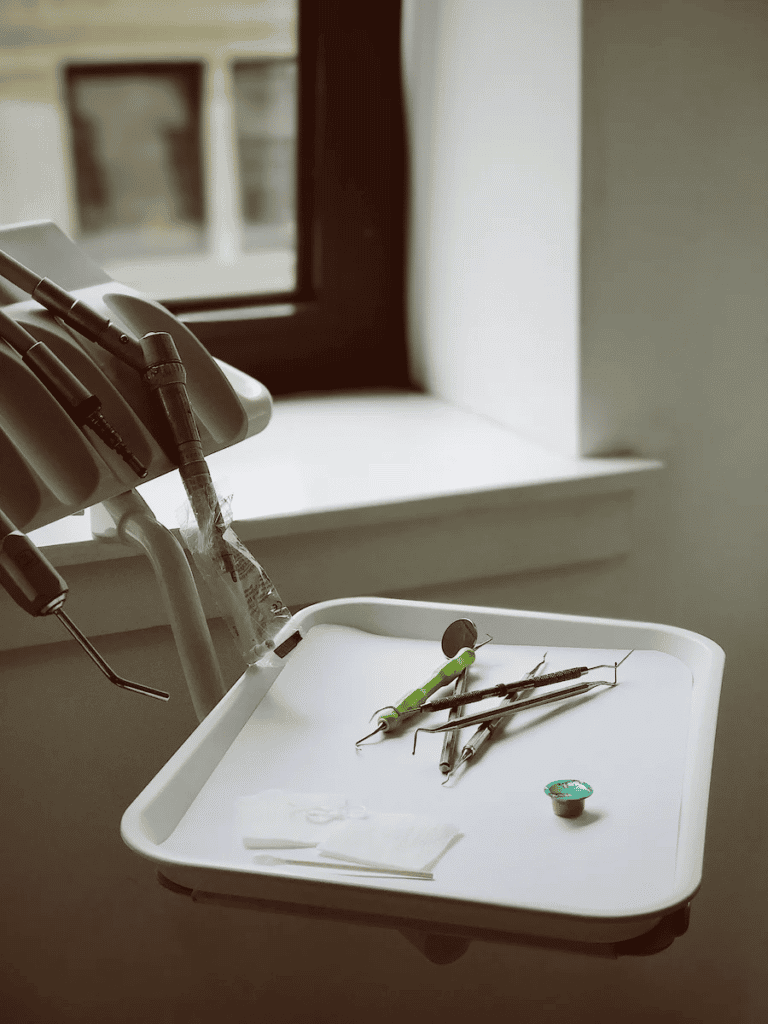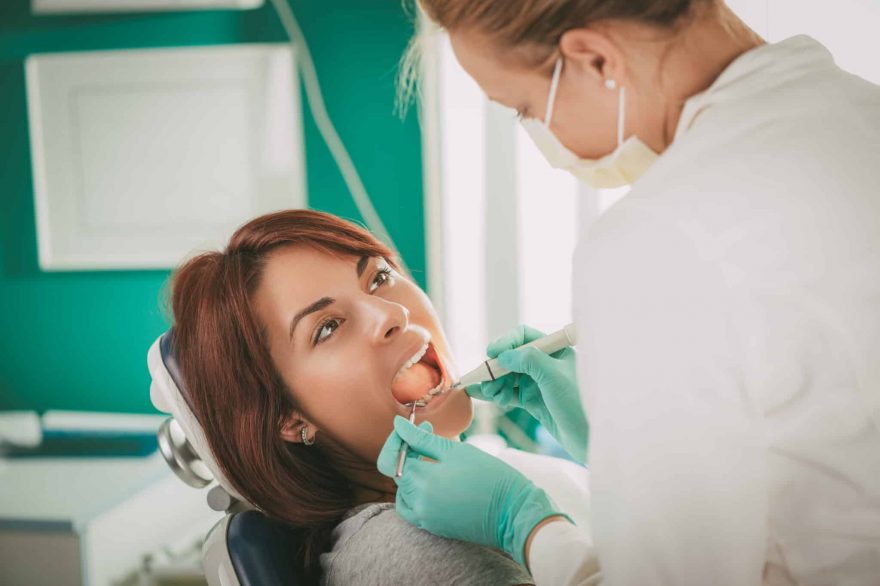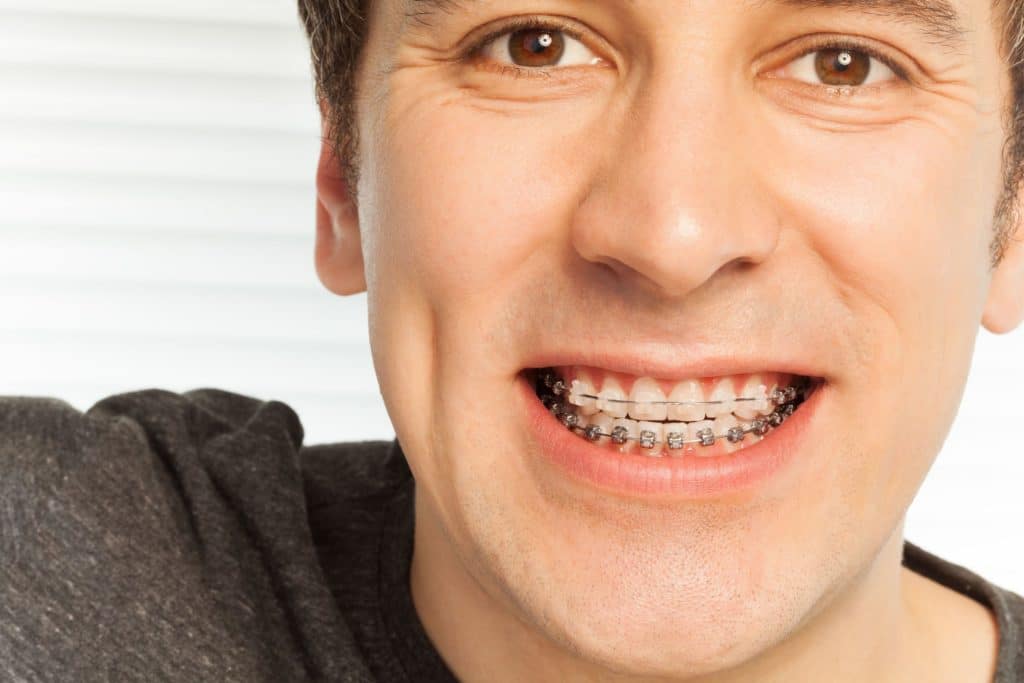If you’re booked for a filling, you’ve probably been told that you can’t eat right after the procedure. The treatment will leave your mouth swollen and sensitive which may make it hard for you to eat.
Although the question of when you can eat might seem quite straightforward, the answer is a bit more complicated as it mainly depends on how long it takes the filling to completely harden.
Table of Contents
ToggleWhat Is A Filling Procedure?

Understanding what a filling actually is can help you comprehend why eating right after a filling isn’t recommended.
A filling is an extremely common dental treatment. A typical cavity-filling treatment involves the dentist removing the decaying portion of your tooth and filling it with a type of material. This procedure not only prevents further damage to your tooth but can help you maintain your bite and overall dental health. Fillings can also be used to fix cracked or broken teeth and teeth that have been worn down by excessive grinding.
Types Of Fillings
There are two main types of dental fillings that your dentist may use that can affect wait time. These are:
- Amalgam filling: Amalgam fillings generally take about 24 hours to harden completely and have a long lifespan. It is a silver filling and is often used for deeply damaged teeth or when other materials won’t bond well.
- Composite filling. A type of new filling that is usually colour matched to your existing tooth. A composite filling hardens immediately when placed on your tooth.
Why Can't You Eat Right After Your Filling?

As with many different dental procedures, you are usually told to avoid eating after a new dental filling. Depending on the type of filling you have and the dental procedure you have, your dentist may have specific instructions and practical tips for eating after your filling. This is because composite fillings have a different hardening time than amalgam filling.
In most cases, the side of your mouth that has been treated with local anesthetic is numb and sensitive. You should avoid chewing on that side as too much pressure on that side of your mouth can cause damage to the filling that was just placed on your tooth.
While you don’t have to stay away from eating completely, you should definitely avoid sticky foods, avoid sugary foods, and avoid hard foods. All of these things can cause the filling to dislodge from your tooth or can trigger discomfort.
Taking Care Of Your Filling
In order to minimize discomfort, avoid tooth decay, and ensure that your tooth filling remains healthy, it’s important to take care of your filling. Here are a few things to consider.
When Can I Eat?
Because we now know that certain foods and chewing habits can affect the health of your tooth, we can see why you should not eat immediately after a filling. Because composite fillings harden and bond faster than others, when you can eat will depend on what type of filling you have and what your dentist recommends. Some fillings may harden quite quickly which could mean you can eat or drink immediately after your procedure.
Generally, you should wait at least 2 hours before digging your teeth into many delicious foods. Even after these two hours, you should only eat on the opposite side of the mouth that didn’t have the filling. As well, when you do start eating, you should bite and chew carefully.
Some dentists recommend only eating soft foods like scrambled eggs, a fruit smoothie, yogurt, and pudding. Still, after the 2 hours, you should avoid extremely hot or cold foods and continue chewing carefully. Even cold air can hurt your sensitive and newly restored tooth.

What Else Should I Avoid?
To ensure that your filling will be at its maximum strength, you may have to avoid some delicious meal choices for the first few weeks as they may lead to further damage or gum disease. When you don’t wait to eat after getting a dental filling procedure, you could be at risk for infection.
Eating sticky foods can really damage your dental implants and fillings. Eating slowly with your mouth closed and eating foods that won’t harm your new filling is the way to go.
Other Tips and Considerations For Eating After A Filling
Here are some more suggested tips for taking care of your newly treated tooth.
- Gum Tissue Discomfort: Your gums may feel sensitive and sore. If this is the case, you can take some over-the-counter pain medication to help with swelling and discomfort.
- Heightened Tooth Sensitivity: If you eat hot or cold food after a filling and notice some more sensitivity, don’t worry! Just monitor the tooth and avoid biting too hard on that tooth.
- Periodontal disease: If you’ve had a cavity repaired, you are at a higher risk for infection. Dental care (like flossing and brushing) is important for your oral health.
Orchard Park Dental
Look Good with Healthy Teeth and Gums

After attending McMaster University to obtain his Health Science undergrad degree, Dr. Christopher Sims made his way to Toronto to complete his DDS degree at the University of Toronto. But his education didn’t stop there.
He’s completed a number of additional courses to best serve his patients and be able to educate them too. No matter your age or dental condition Dr. Sims can assist you in a professional manner and loves answering any of your questions or concerns.
Dr. Sims grew up in Grimsby playing basketball, so he’s always up for talking about the Raptors! He’s also a football fan – go Buffalo Bills! In his free time, if he’s not watching a basketball game or football game, you’ll likely find him working out, cooking (got any new recipe ideas?), and of course, spending time with his amazing family.










